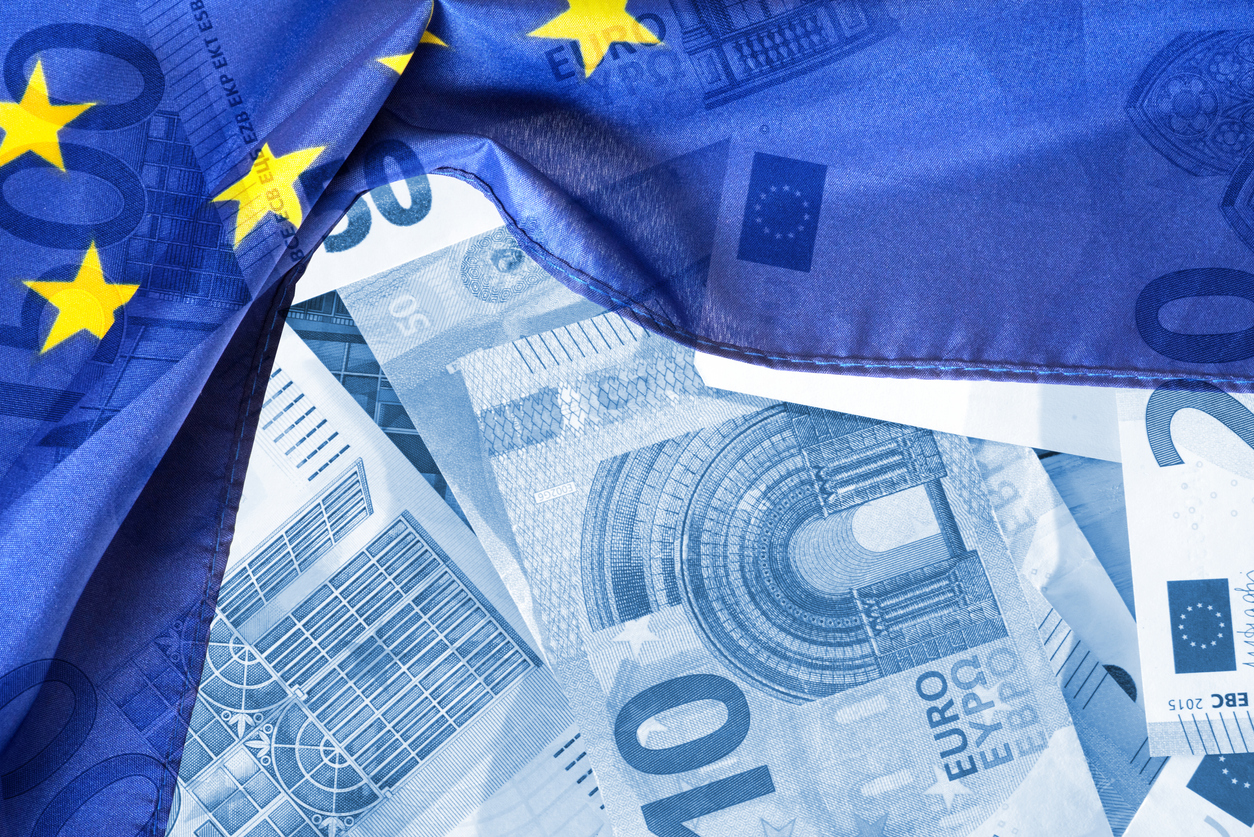The light at the end of the interest rate hike tunnel is starting to become visible. Last week was marked by the monetary policy decisions of the European Central Bank (ECB) and the Federal Reserve, which gave a positive outlook before the summer break. The possibility of another rate increase in September is not as certain if the macroeconomic data on core inflation shows clear signs of improvement.
In recent weeks, the governor of the Dutch central bank, Klaas Knot, considered one of the hawks on the ECB’s governing council, explained that the rate hike “for the month of July is a necessity. Anything beyond July would be at most a possibility, but certainly not a certainty. We need to closely monitor what the data tells us.” He added that, so far, the ECB has focused “mainly on the risk posed by inflation persistence. But the balance of risks is gradually shifting, and it is necessary to pay more attention to the risk of doing too much.”
This significant opening statement from Knot, known for supporting a restrictive monetary policy to combat inflation, makes the possibility of a halt in September no longer seem so distant.
ECB: Mum’s the word for September
As expected, the European Central Bank (ECB) raised interest rates by another 25 basis points, bringing them to 3.75% from 3.5%, marking the ninth consecutive hike amid persistently high inflation (overall at 5.5% year on year), well above the 2% target.
However, the next move by the ECB is much more intriguing, as the Eurozone’s economic prospects present an increasingly challenging situation. Perhaps, unlike in the past, ECB President Christine Lagarde and her team will try to keep their plans undisclosed, hoping that the upcoming macro data over the next six weeks will provide a clearer indication of the direction to follow.
Regardless of what happens in September, it appears that the cycle of rate hikes may come to an end, and EU policymakers are hopeful that the debate can shift towards when rates will begin to decrease.
An aura of optimism surrounds the latest ECB decisions, just before the summer break in August.
Fed more cautious about the future
After the June pause, the Federal Reserve resumed its monetary policy by raising interest rates by 25 basis points. This move has brought the official credit cost in the United States to 5.25-5.50%, the highest in the last 22 years. The statements accompanying the decision have left the door open for another increase later this year. This action, if taken, would align with the previous indications from the June meeting when policymakers had hinted at the possibility of two more rate hikes in the year.
However, this latter scenario does not appear to be considered by the markets and investors, who are pricing in the probability of no further rate hikes this year. In any case, the post-meeting statement from the Fed has not provided any definitive indications, stating the need to assess additional information and implications for monetary policy.
Similar to the ECB, the Fed will also continue to be data-dependent, starting with US inflation data for July, expected on 10th August. If these indicators show improvement, they could steer the Fed’s policy towards a less stringent approach.
*As with all investing, financial instruments involve inherent risks, including loss of capital, market fluctuations and liquidity risk. Past performance is no guarantee of future results. It is important to consider your risk tolerance and investment objectives before proceeding.





